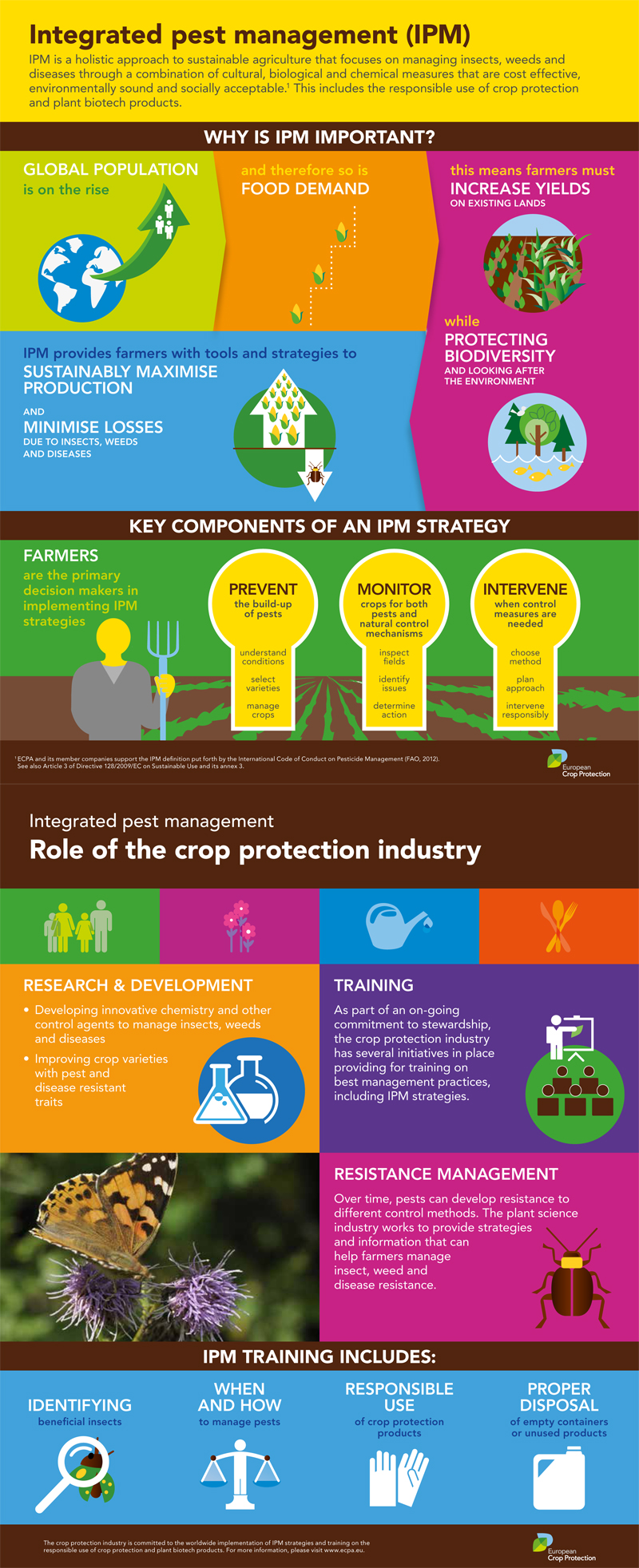Capitalize On Your Understanding Of Rodent Nesting Patterns To Exceed These Pests And Refine Your Rodent Management Methods
Capitalize On Your Understanding Of Rodent Nesting Patterns To Exceed These Pests And Refine Your Rodent Management Methods
Blog Article
Content Create By-David Lehman
When it involves rodent control, recognizing typical rodent behavior is key to effectively taking care of infestations. Did you recognize that rats have some fascinating nesting habits that might stun you? By exploring their intricate actions, you can gain useful insights right into just how to tackle rodent issues in a much more strategic and effective manner. So, let's unwind the secrets behind these creatures' actions and discover how to outsmart them in your rodent control initiatives.
Rodent Nesting Habits
When observing rats in their natural environment, you'll discover that they proactively seek out materials to construct their nests. Rodents, such as mice and rats, are resourceful animals that use a range of things like branches, leaves, paper, and material to develop their homes. They're precise in their nest-building process, frequently lining their nests with softer products like hair or feathers to create a comfy setting.
Rodents prefer to build their nests in covert and protected locations to secure themselves and their young from killers. Common nesting places consist of wall surface tooth cavities, attic rooms, basements, and even within insulation products. By building their nests in these remote areas, rodents can safely elevate their children away from possible risks.
It is vital to recognize the nesting behaviors of rodents when executing control steps. By disrupting https://fox8.com/news/pennsylvania-rescues-mystery-animal-pulls-off-elaborate-escape/ or removing materials, you can dissuade rodents from establishing a presence in your house or residential or commercial property. Proper hygiene and sealing entry points are likewise important steps in preventing rodent infestations.
Rat Feeding Patterns
After observing rodents' nesting behaviors, it becomes evident that their feeding patterns play a crucial role in their day-to-days live and habits. Rodents, including mice and rats, are opportunistic feeders, indicating they'll consume whatever food source is easily available. They're mainly nighttime animals, favoring to forage for food throughout the cover of night to prevent killers.
Rodents have a diverse diet plan, varying from grains, seeds, fruits, and vegetables to pests, nuts, and even tiny animals. This versatility in their food selections permits them to prosper in different environments, consisting of metropolitan areas where human food resources are bountiful.
Their feeding patterns aren't only driven by appetite yet additionally by the requirement to stock food for times of shortage. This behavior is particularly visible to prepare for winter season or when nesting. Rats are recognized to hoard food in their nests or burrows, ensuring a continuous food supply. Comprehending their feeding patterns is important in applying efficient rodent control procedures to interrupt their food sources and stop infestations.
Rat Movement and Travel
Rats browse their surroundings with agility and stealth, using their eager senses to move swiftly via their environments. These animals are adept climbers, able to scale wall surfaces and upright surfaces with ease. relevant webpage can likewise squeeze with remarkably small openings, making it vital to seal any type of possible entry points in your house.
When it pertains to traveling, rodents tend to follow familiar paths, developing routes along walls or skirting the edges of rooms. They're creatures of habit, commonly adhering to these developed routes as they forage for food or discover their surroundings.
Rats are understood for their nocturnal routines, so you may hear them scampering around during the night as they look for food and water. Their activities fast and erratic, enabling them to dart in and out of view in the blink of an eye.
Understanding exactly how rats move and travel can assist you determine prospective infestation areas in your home and take aggressive steps to avoid these pests from acquiring a foothold.
Final thought
As you function to control rodents in your house, keep in mind that understanding their behavior is crucial. By identifying their nesting routines, feeding patterns, and motion, you can efficiently avoid invasions.
Together, by taking positive procedures to remove food sources and seal off entry points, you can interrupt their familiar courses and require them to seek out new locations, ultimately minimizing the possibility of rodent existence in your living spaces.
